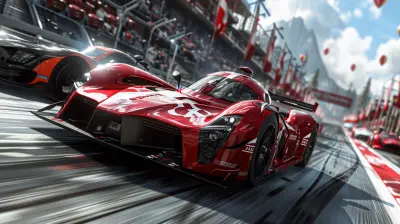Mastering Game Balance: How to Keep Players Engaged
2 June 2025
Let’s take a moment and think about why we love gaming. Maybe it's the thrill of defeating a tough boss, the satisfaction of leveling up, or just the sheer joy of exploring a new world. But what if that boss felt impossible to beat? Or the leveling grind started to feel like a second job? That’s where game balance comes in.
Game balance is the unsung hero of any great game. It ensures that players feel challenged but not frustrated, rewarded but not bored, and always—always—engaged. Sounds like a tough nut to crack, right? It is. But mastering game balance is what separates a forgettable title from one that players rave about for years.
In this article, we'll dive deep into what game balance is, why it matters, and most importantly, how game developers can nail it to create experiences that keep players hooked. So grab your imaginary sword (or controller), and let’s get to it!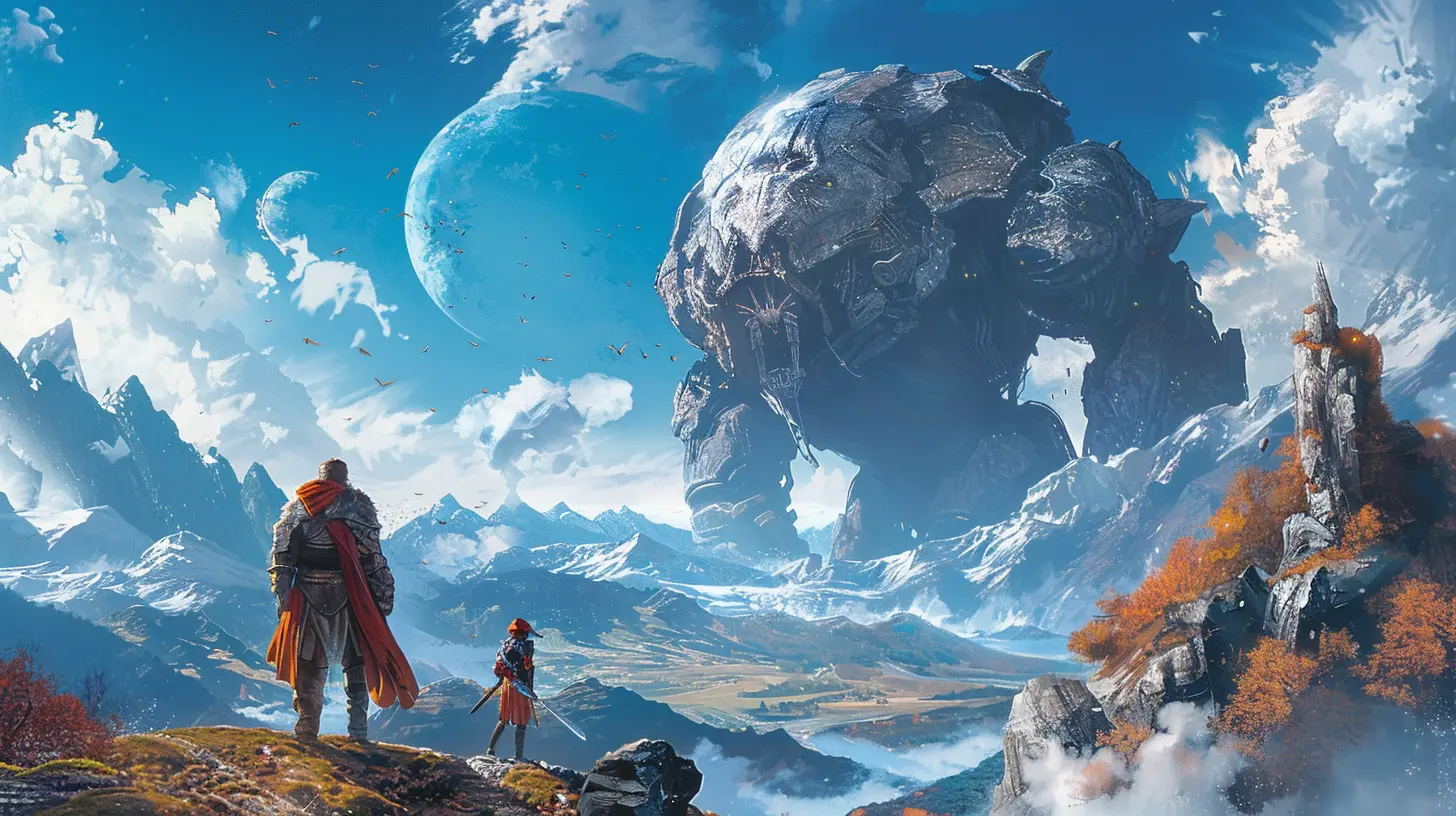
What is Game Balance?
Before we start strategizing, let’s get on the same page. What exactly is "game balance"? It's the art and science of ensuring that all elements in a game—like difficulty, mechanics, rewards, characters, and strategies—feel fair and work together seamlessly.Think about it: nobody wants to play a game where one character is ridiculously overpowered, or a game that punishes you so hard for dying that you want to throw your controller out the window. At the same time, a game that offers no challenge at all? Snooze fest.
Game balance is about finding the sweet spot. It’s like seasoning a dish—you don’t want too much spice, but too bland, and people will lose interest. It’s about creating harmony so players stay engaged but don’t feel cheated (or lulled to sleep).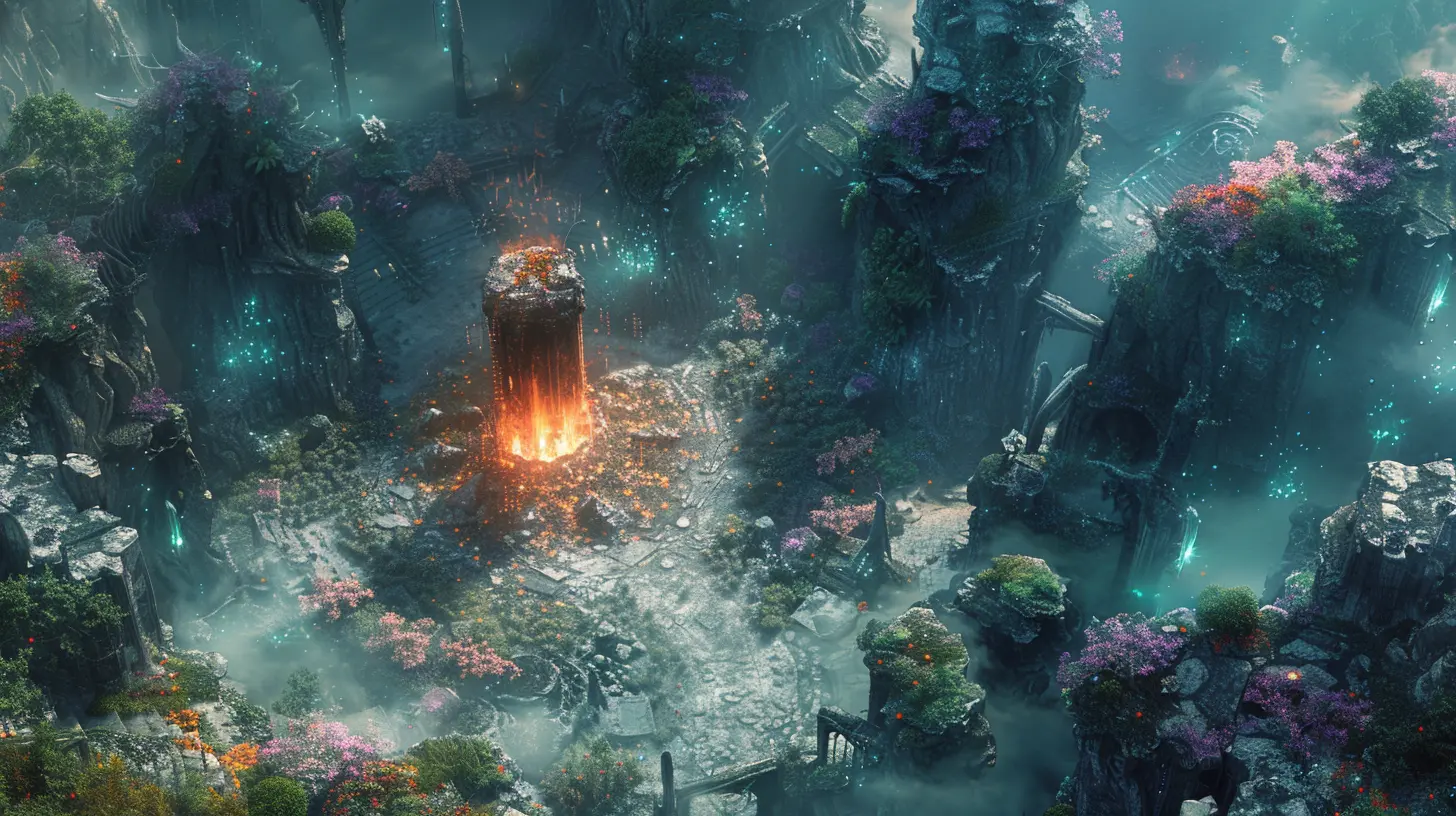
Why is Game Balance So Essential?
If you've ever rage-quit a game or gotten bored halfway through, you've experienced firsthand why game balance matters. A poorly balanced game can break the player experience faster than you can say "game over." Here’s why nailing balance is critical:1. Maintains Fairness
Players want a level playing field. Whether it's PvP (Player vs. Player) or PvE (Player vs. Environment), players need to feel like the rules apply equally to everyone. Think "Mario Kart." It’s pure chaos but still feels fair because of mechanics like rubber-banding. Without fairness, frustration skyrockets.2. Keeps Players Hooked
Good balance keeps players coming back for "just one more round," while bad balance can cause them to uninstall faster than you can blink. You know that sensation when you feel close to cracking a puzzle or beating a foe? That’s game balance at work—giving players a challenge and letting them taste victory just before they give up.3. Encourages Creative Strategies
When a game’s mechanics and elements are balanced, players are free to experiment. They can try new strategies, explore different builds, and create their own playstyles. Without balance, everyone gravitates toward the "meta" or the most overpowered options. Boring.4. Builds Long-Term Loyalty
Games like "League of Legends" or "Fortnite" didn’t become cultural phenomena by accident. They constantly tweak their balance to prevent stagnation while keeping things competitive. Balance fosters an ecosystem where players want to grow and thrive.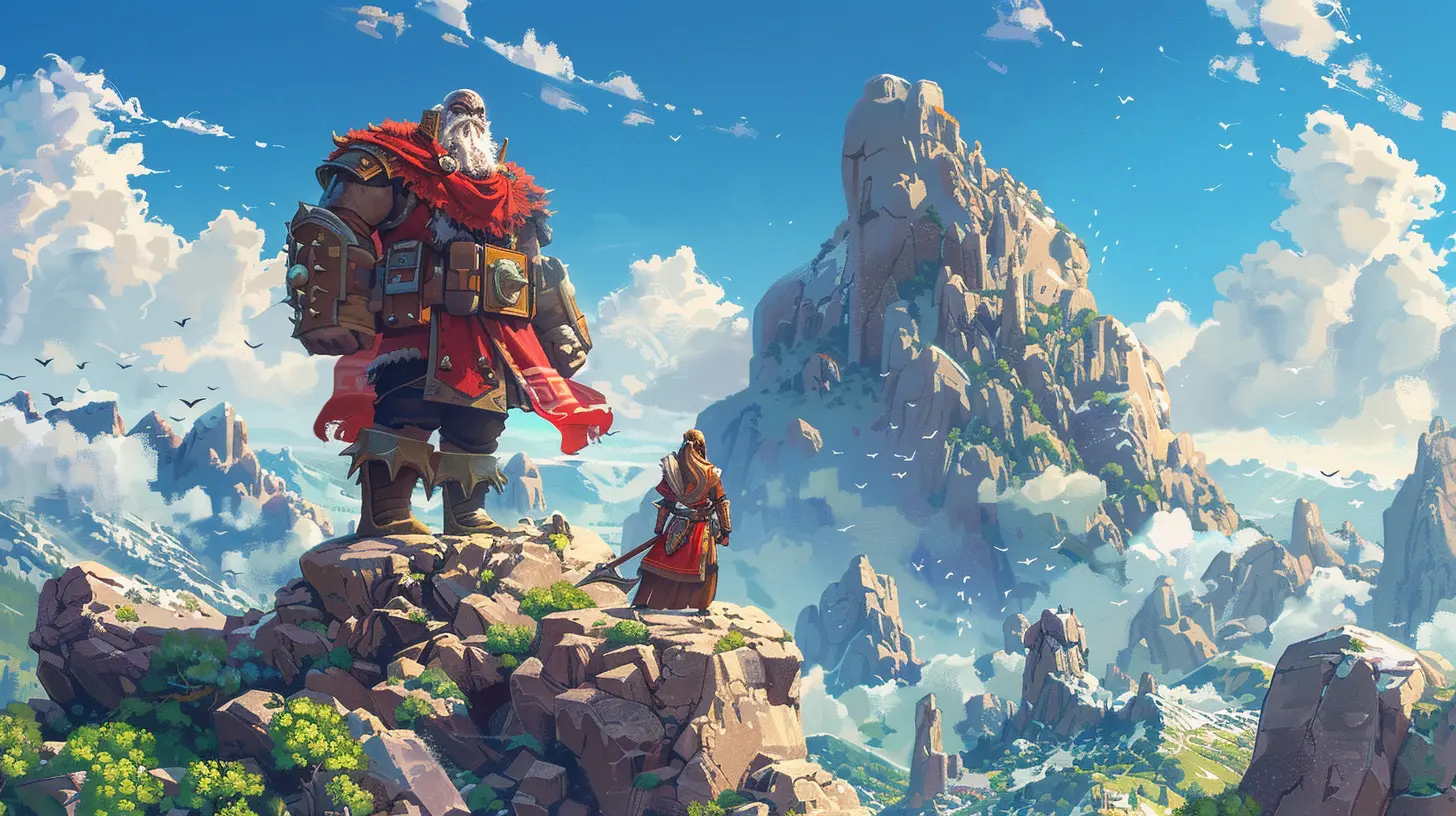
The Building Blocks of Game Balance
Balancing a game isn’t just about tweaking numbers. It’s a multi-layered process that requires a delicate touch. Here are the key elements every developer needs to keep in mind:1. Difficulty Curve
This one’s a biggie. The difficulty curve is essentially the pace at which a game gets harder. Start too easy, and players get bored. Start too hard, and they quit in frustration. You want that Goldilocks zone where the challenge gradually ramps up, keeping players engaged without overwhelming them.A great example? The "Dark Souls" series. Sure, it's hard, but the difficulty is consistent and fair. You know when you fail, it’s probably because of something you did—or didn’t do—not because the game cheated you.
2. Character and Class Balance
In any game with multiple playable characters or classes, balance is crucial. Remember the early days of "Overwatch"? Some heroes dominated matches while others were barely touched. Blizzard had to tweak stats and abilities to level the playing field. Nobody wants to play a game where their favorite character is useless.3. Risk vs. Reward
This element is all about making the player’s decisions feel meaningful. If you’re playing a game like "Hades," every choice—every boon, every weapon upgrade—should feel like it matters. A good balance of risk vs. reward keeps players invested in the outcome.4. Economy and Resource Management
If your game has an in-game economy, currency, or crafting system, balance is everything. Make items too expensive, and players feel they’re grinding forever. Make them too cheap or easy to get, and the entire system becomes pointless. Remember the "Diablo III" auction house fiasco? Yeah, let’s not do that.5. Multiplayer Balance
Multiplayer games are a whole different beast. You’re not just balancing the game itself; you’re balancing human behavior. Skill levels, latency, meta-strategies… it’s a juggling act. Games like "Valorant" and "Rocket League" strike a balance by matching players based on skill and constantly updating mechanics.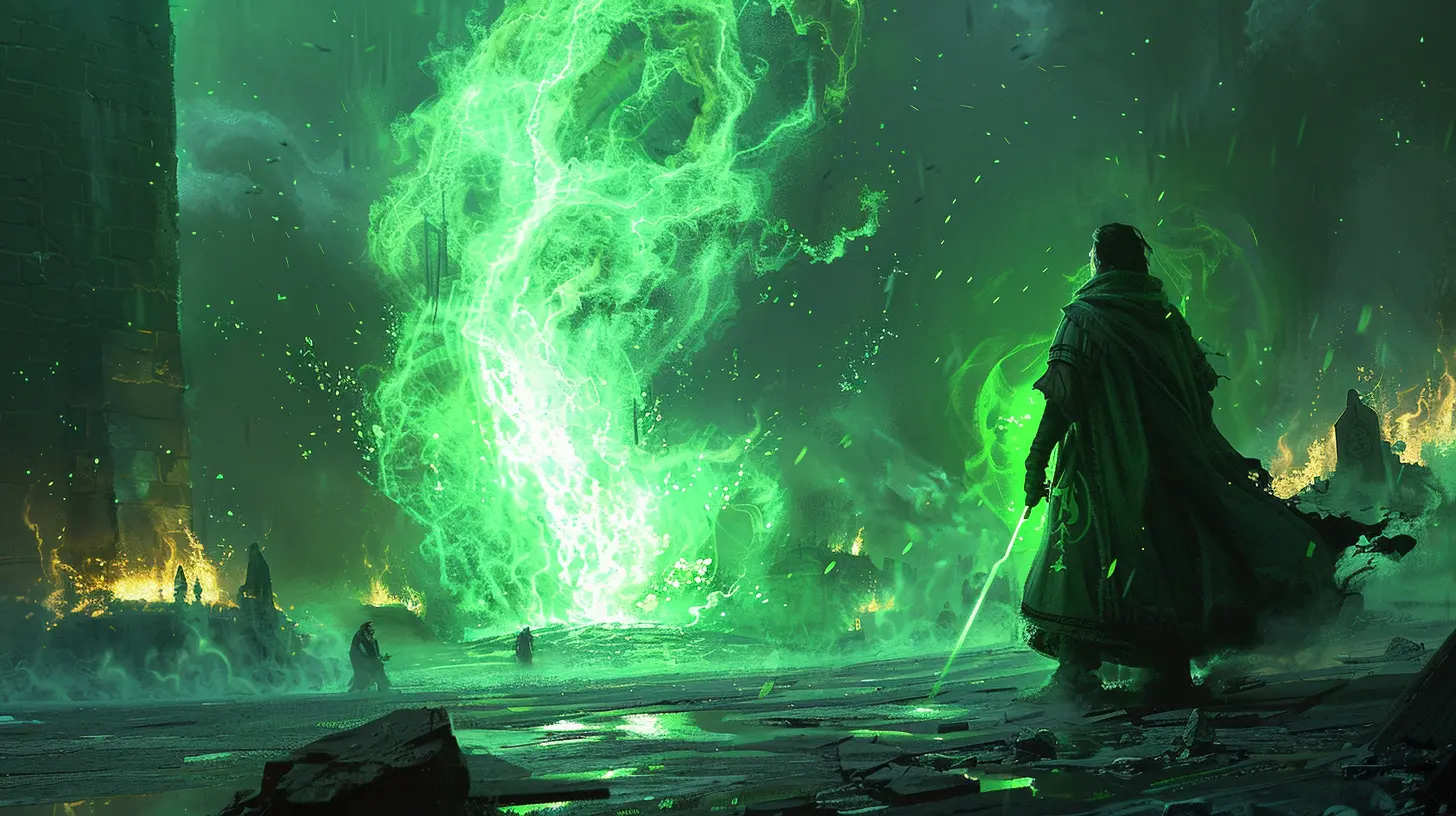
Tips for Mastering Game Balance
Balancing a game can feel like trying to solve a Rubik’s Cube while blindfolded. But don’t panic. Here are some battle-tested tips to help developers master game balance:1. Playtest, Playtest, Playtest
There’s no substitute for hands-on testing. Developers need to play their own games obsessively and get as many people as possible to do the same. Players will almost always find exploits or overpowered strategies that devs missed. Feedback is your best friend.2. Data is King
In today’s gaming world, developers have access to mountains of data. Look at win rates, engagement stats, or how long players spend on certain levels. Data points like these help identify trouble spots that need balancing.3. Iterate and Adapt
Balance isn’t a “set it and forget it” situation. Games evolve, and so do players. Developers have to stay on their toes, updating mechanics and responding to community feedback. It’s a marathon, not a sprint.4. Offer Multiple Difficulty Options
Not every player is the same. Some want a brutal challenge, while others are just there for the story. Games like "The Last of Us" shine because they let players tailor the experience to their preferred level of challenge. Accessibility matters.5. Encourage Experimentation
Create systems that reward players for straying off the beaten path. If players can tinker with builds or strategies and still succeed, your game has depth. Give them sandboxes, not tightropes.When Balance Goes Wrong
Let’s face it, no one gets balance right 100% of the time. But there are a few common pitfalls to avoid:- Over-Nerfing: Fixing one overpowered element by making it useless. Players hate this. A lot.
- Grinding Hell: Making players work too hard for too little reward. Remember "Star Wars Battlefront II" at launch? Yikes.
- Too Much Randomness: RNG (Random Number Generation) can spice things up, but too much can make the game feel unfair.
The Future of Game Balance
As games evolve, so do the challenges of balancing them. AI might play a bigger role in helping developers predict how changes will impact the player base. Procedural generation and dynamic difficulty adjustments are also becoming more common, tailoring the gaming experience in real-time.But no matter how fancy the tools get, one thing will never change: the need to make players feel like their time is valued. That’s what balance is all about. It’s not just math—it’s empathy.
Conclusion
Game balance is an art and a science rolled into one. It’s about making players feel immersed, motivated, and respected. And while it can be a daunting task, when it’s done right, the payoff is massive. Players stick around, sing your praises, and maybe even tell their friends, “This game? It’s perfect.”So whether you’re a developer fine-tuning your masterpiece or a gamer fascinated by what goes on behind the scenes, remember this: balance is everything. It’s the invisible glue that holds the gaming experience together. And when done well, it’s pure magic.
all images in this post were generated using AI tools
Category:
Game DesignAuthor:

Francesca West
Discussion
rate this article
3 comments
Lark Hines
Mastering game balance is crucial for player engagement; it ensures fairness, maintains challenge, and fosters a rewarding experience, ultimately enhancing player satisfaction and retention.
June 19, 2025 at 2:27 PM

Francesca West
Absolutely, achieving game balance is key to sustaining player interest and satisfaction, as it promotes fairness and challenge, ultimately enhancing the overall gaming experience. Thank you for your insight!
Maren Phelps
Great insights on game balance! Engaging players is crucial for long-term success. Looking forward to more articles!
June 17, 2025 at 2:41 AM

Francesca West
Thank you for your kind words! I'm glad you found the insights helpful. Stay tuned for more articles!
Keira Kirk
Effective balance enhances immersion; neglecting it risks player disengagement and frustration.
June 12, 2025 at 4:48 PM

Francesca West
Absolutely! Striking the right balance is crucial for maintaining player engagement and ensuring a rewarding experience. Thank you for highlighting this!


